Cells, Free Full-Text
Por um escritor misterioso
Descrição
Tuft cells have recently emerged as the focus of intense interest following the discovery of their chemosensory role in the intestinal tract, and their ability to activate Type 2 immune responses to helminth parasites. Moreover, they populate a wide range of mucosal tissues and are intimately connected to immune and neuronal cells, either directly or through the release of pharmacologically active mediators. They are now recognised to fulfil both homeostatic roles, in metabolism and tissue integrity, as well as acting as the first sensors of parasite infection, immunity to which is lost in their absence. In this review we focus primarily on the importance of tuft cells in the intestinal niche, but also link to their more generalised physiological role and discuss their potential as targets for the treatment of gastrointestinal disorders.
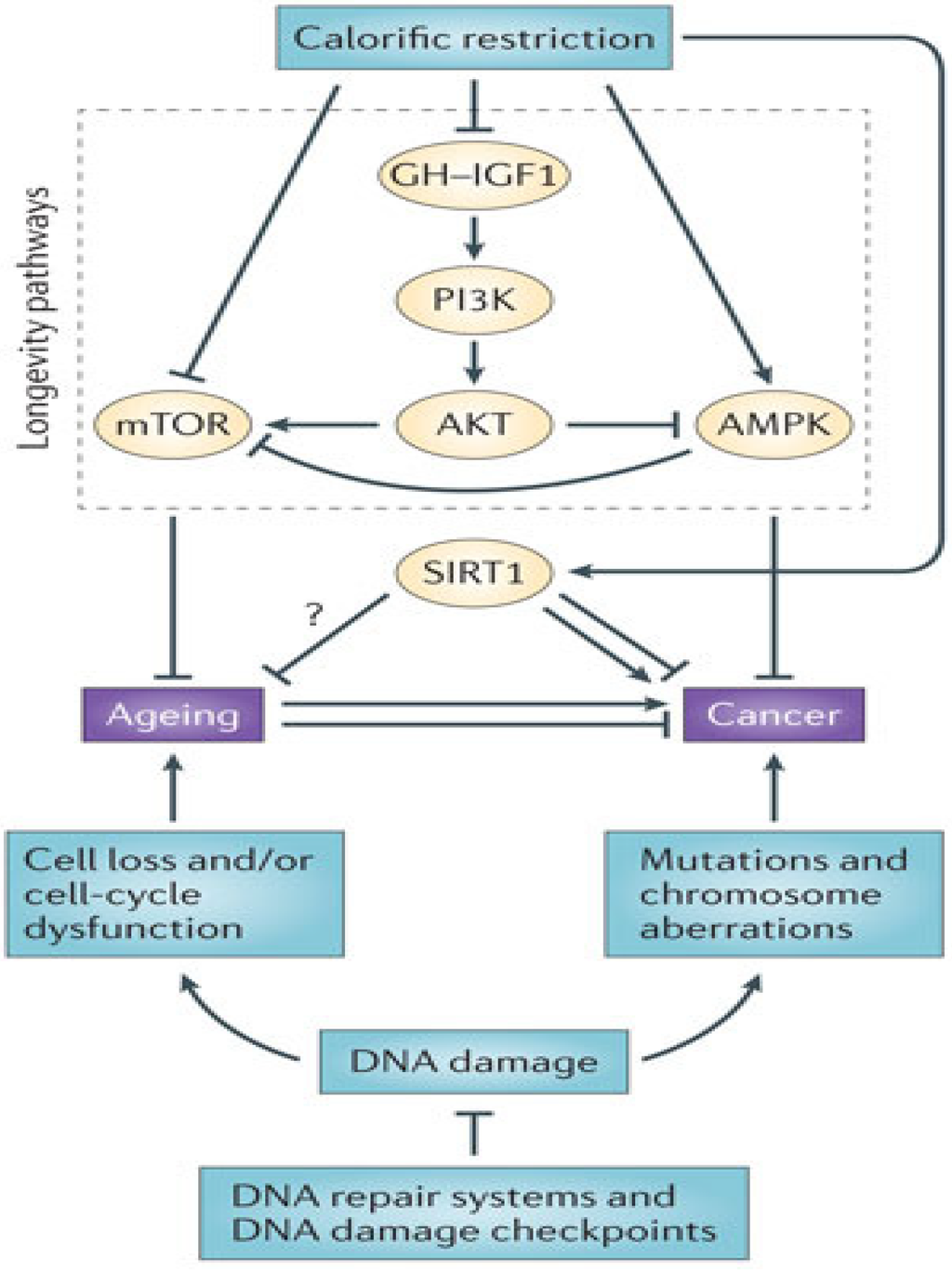
JCM, Free Full-Text

Sequencing of Circulating Cell-free DNA during Pregnancy
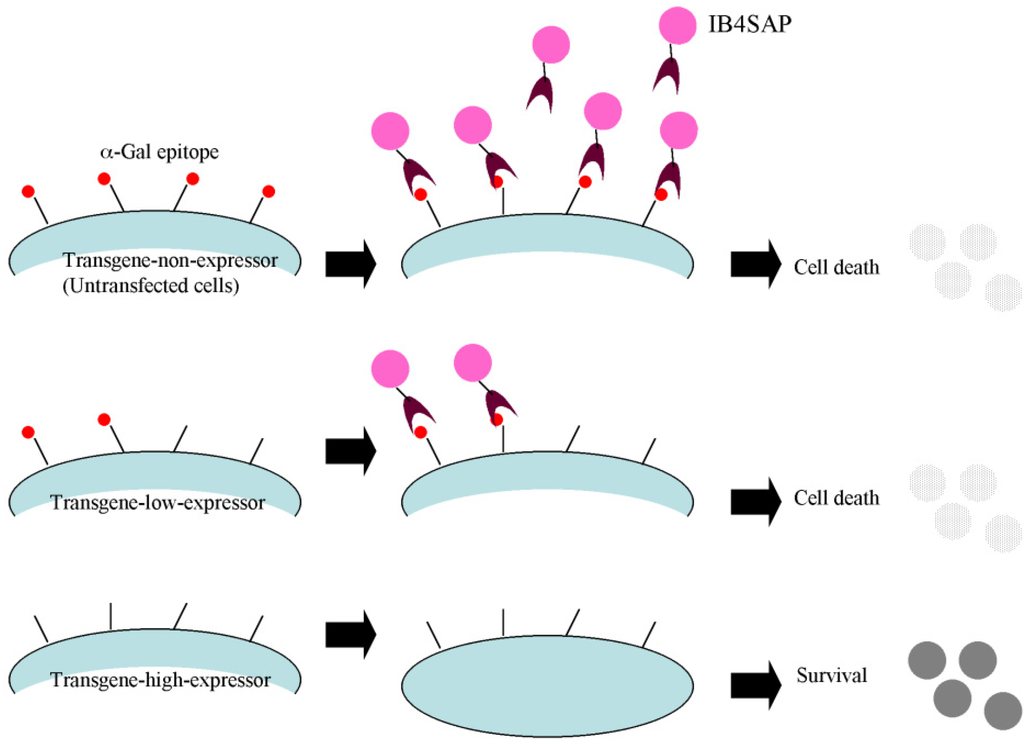
Biology, Free Full-Text
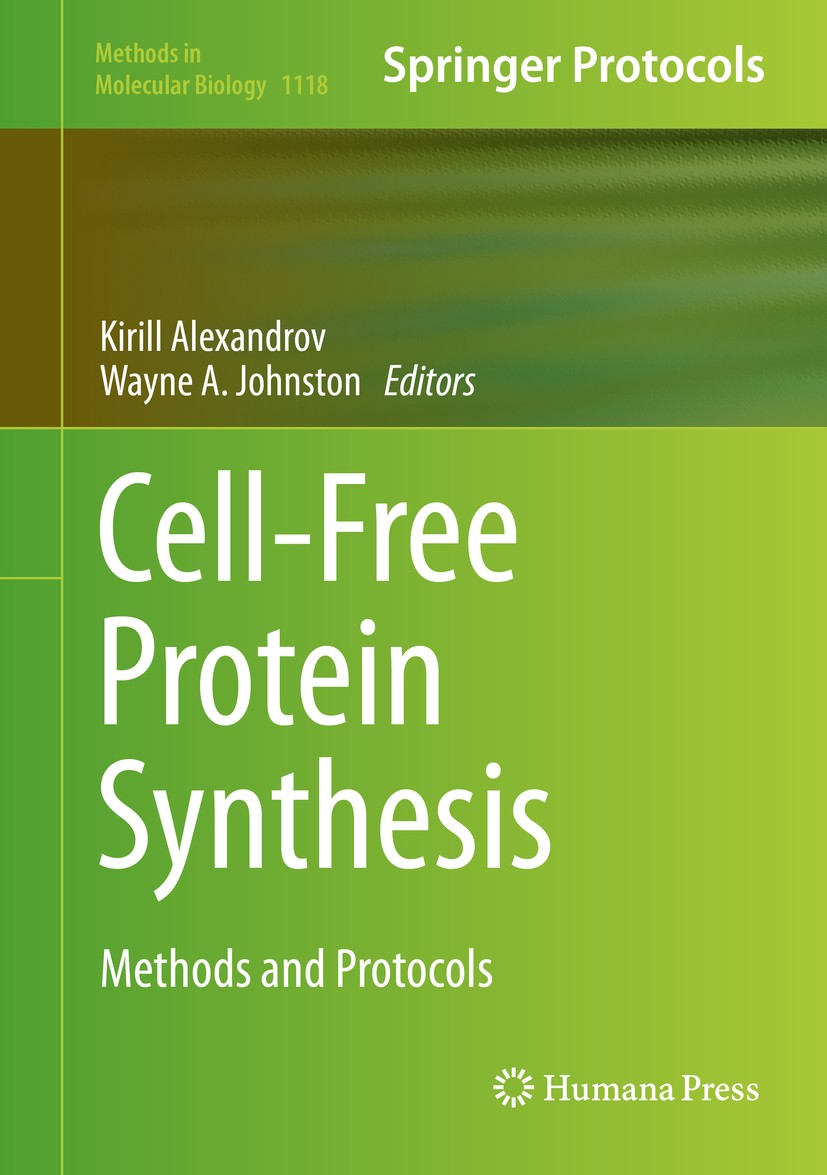
Cell-Free Protein Synthesis: Methods and Protocols

Cells, Free Full-Text
Full-spectrum cell-free RAN for 6G systems: s

Sequencing of Circulating Cell-free DNA during Pregnancy

Harnessing Extracellular Vesicles for Regenerative Therapy - Gowing Life
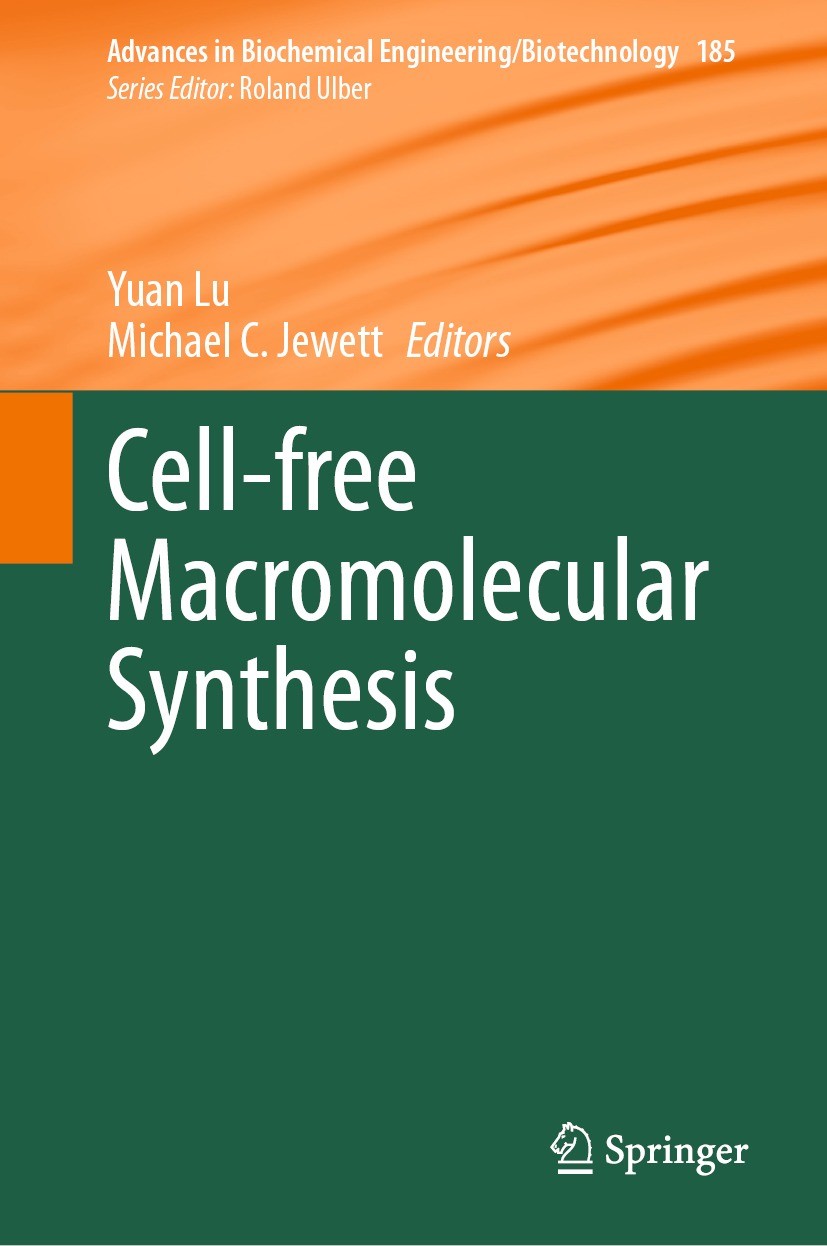
Cell-free Macromolecular Synthesis
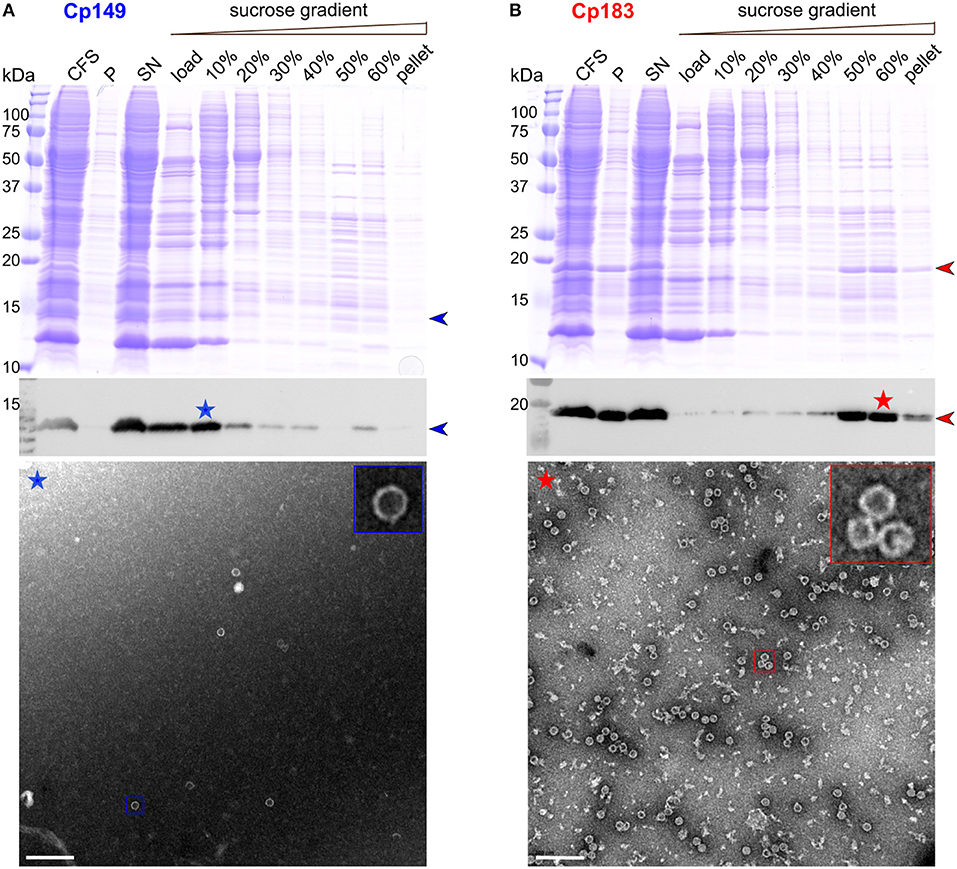
Frontiers Combining Cell-Free Protein Synthesis and NMR Into a Tool to Study Capsid Assembly Modulation

The cell-free system: A new apparatus for affordable, sensitive, and portable healthcare - ScienceDirect
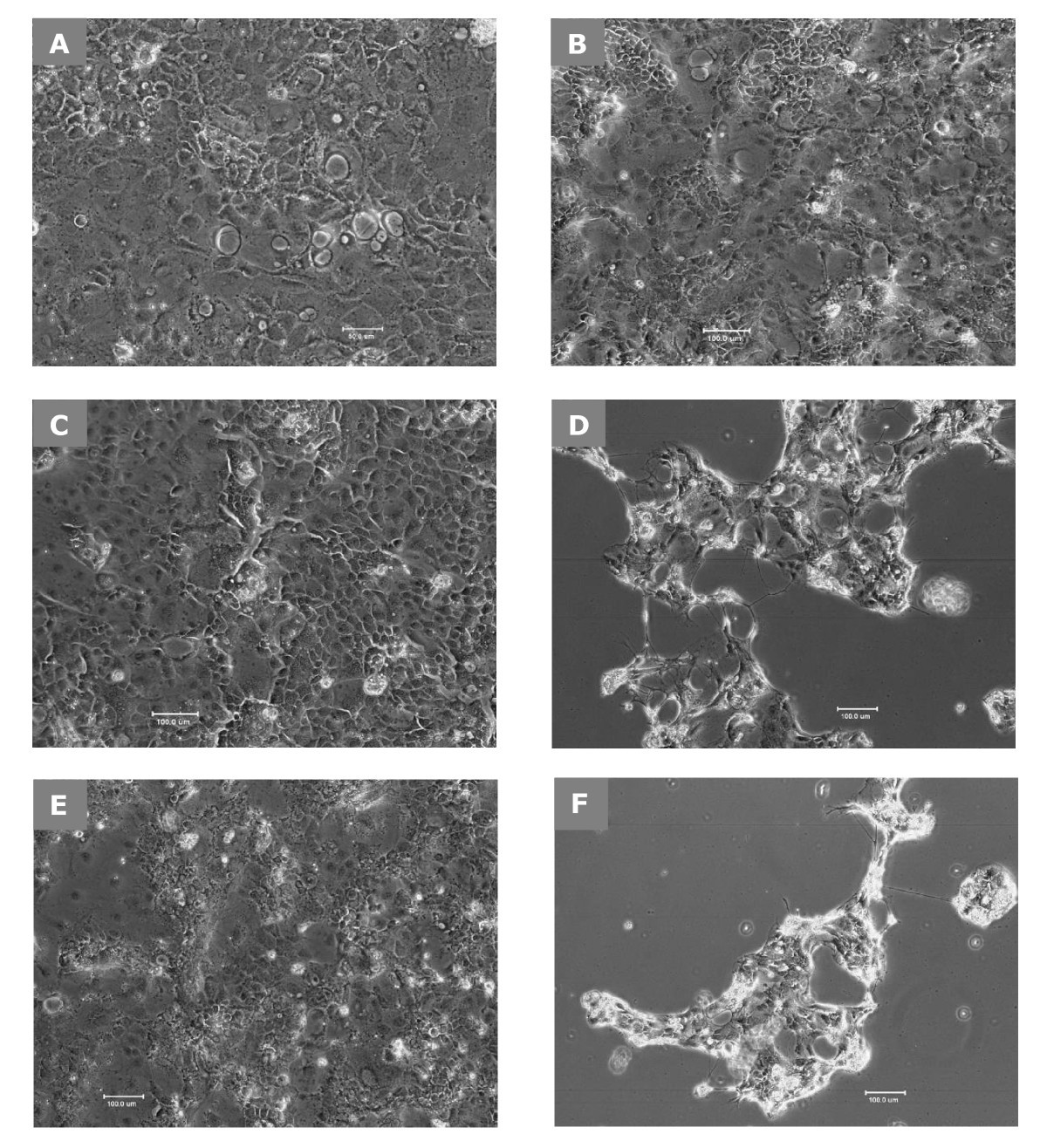
Lactobacillus delbrueckii ssp. bulgaricus B-30892 can inhibit cytotoxic effects and adhesion of pathogenic Clostridium difficile to Caco-2 cells, Gut Pathogens
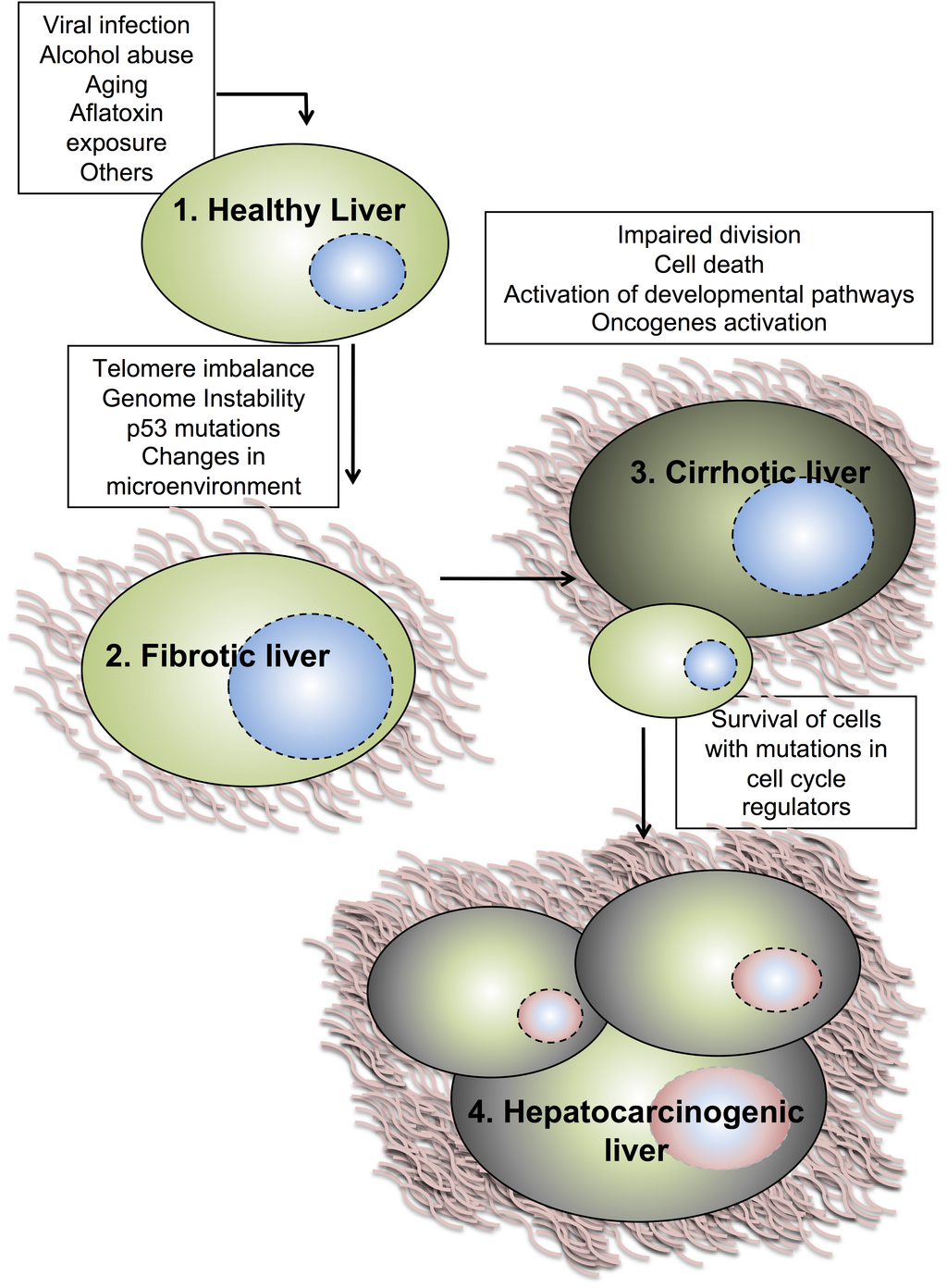
Cancers, Free Full-Text
de
por adulto (o preço varia de acordo com o tamanho do grupo)







